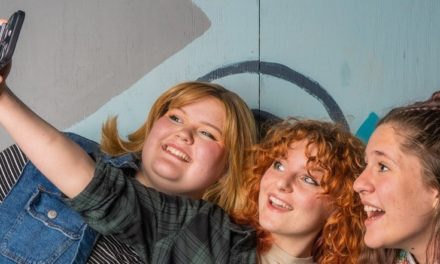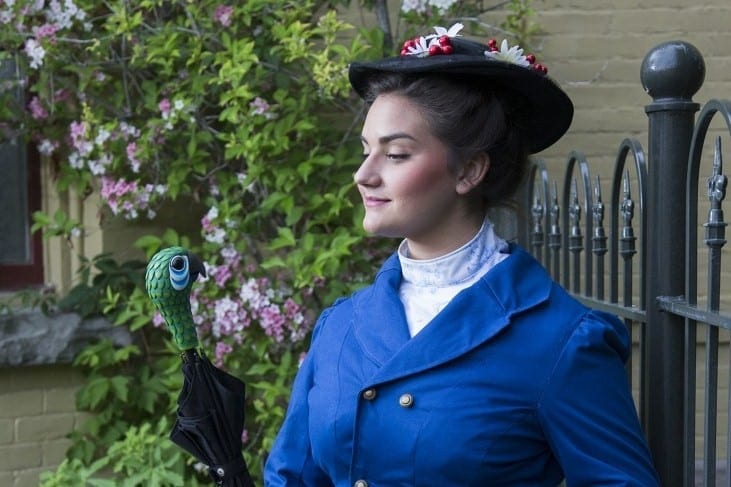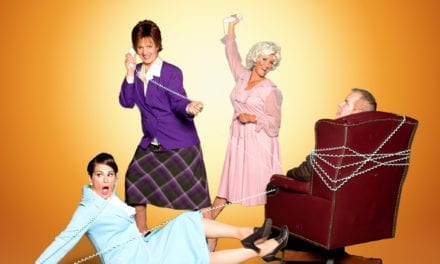KAYSVILLE— In 1964 Jerry Bock wrote the music and Sheldon Harnick wrote the lyrics and Joseph Stein wrote the book to Fiddler on the Roof, a very popular musical that went on to become the first musical to surpass 3000 performances, and held the record for longest running musical for ten years. It continues to be one of the most popular shows, by my count making Hopebox’s production directed by Marinda Maxfield the 19th production UTBA has reviewed.
Being one of the most popular shows, audiences know that it is not necessarily happy or cheerful. What gives it the staying power that keeps people coming back to it? What is the reason theatres are willing to do it again and again? And has Hopebox been able to capture that magic, and helped the story stay relevant today?
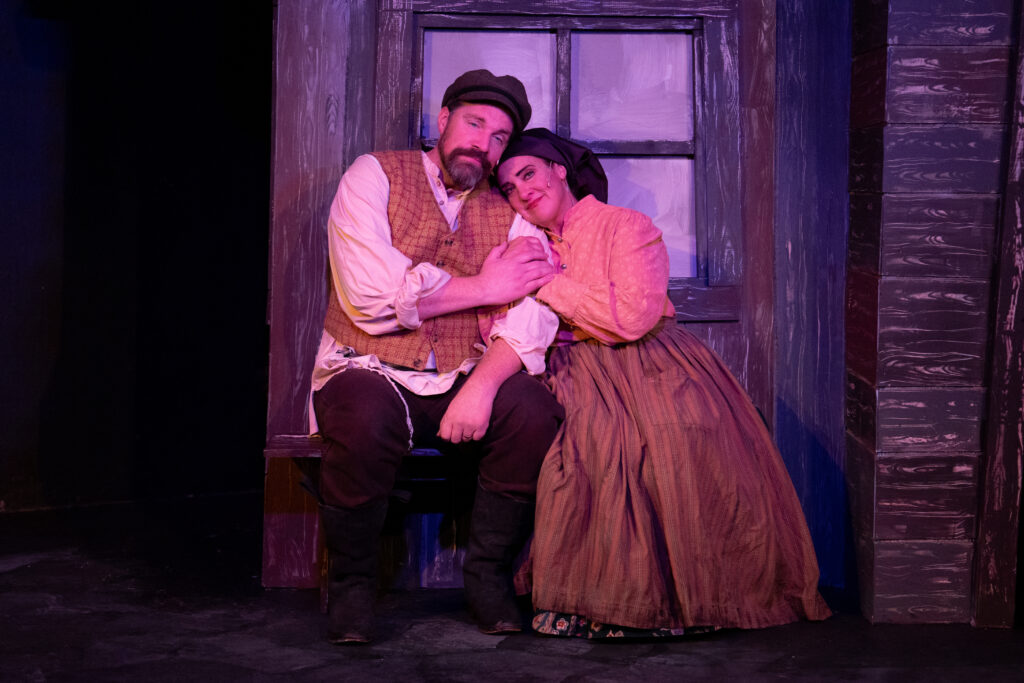
Maxfield did the important work for the audience in her director’s note. As a critic and an audience member, I love checking the director’s note, because that is how we know why this story, why now. Maxfield points out that the original creative team was all Jewish, telling a Jewish story only 16 years after the end of the Holocaust. However, in our own time, the words refugee and immigrant are politically charged. Armed with that understanding, we watch the current production with a different lens. Maxfield’s words “as you sit here enjoying these wonderful Jewish songs please remember we could all end up like Tevye’s Family: homeless and without a country.”
The set design, by Curtis Dalton, was absolutely amazing, especially considering the intimate space of the Hopebox. For readers who have not been there, the Hopebox may be one of the smallest theatres that we review, and it represents quite a complication for production teams. This is often magnified because the interest in community participation in Kaysville is high, making for large casts. Fiddler was no exception, however, Maxfield has done such a great job with managing a large cast in a tiny space. This was prevalent in the opening number, “Tradition”, where the vocals of the ensemble, under the music direction of Larisa Stewart, impressive choreography, under the careful tutelage of Jordan Wheeler, and the detailed costume design by Shelbi Raynor all came together to start the production off in a marvelous fashion. I also found this attention to detail delightful in the dream sequence, one of the more fun and playful numbers of the show, which also featured strong talents of some of the smaller parts, Grandma Tzeitel (Amy Turner) and Fruma Sarah (Andrea Wootton).
One of my many hats is that of a multi-cultural professor. I found myself drawn to a credit in the program, thanking Liz Paige, associate director of the United Jewish Federation of Utah. Seeing a community theatre in Utah take this level of respect in a show like this was monumental, and it was integral to the success of the production. I noticed the respect to the Jewish culture in many ways, but one that was most moving to me was at the end of the show, when Tevye (Jacob Draper), as the last thing before his family left their home, took their Mezuzah off the door. The beauty in that one move told me that this cast and this production team understood this story and why it is still important to tell it.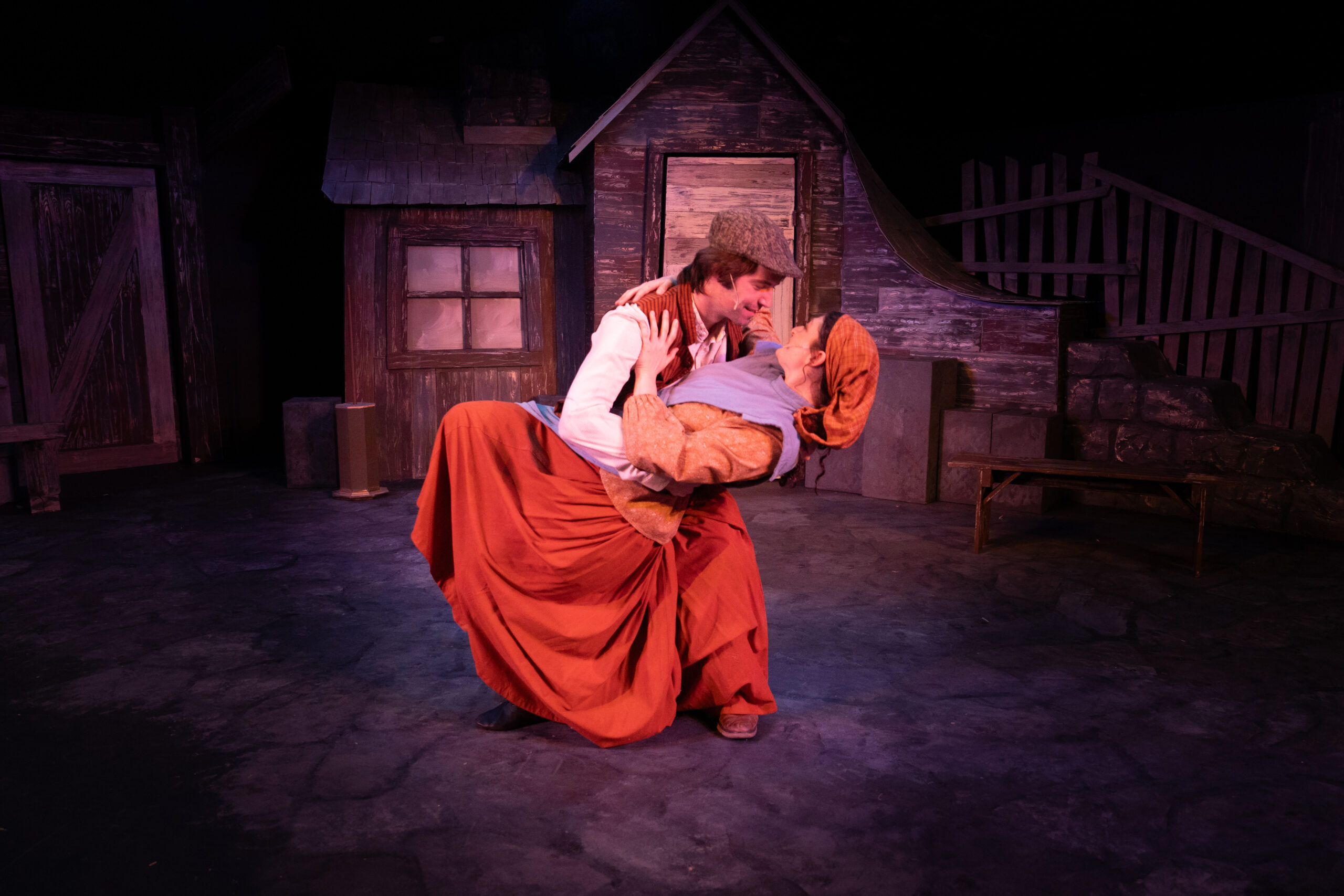
Each cast member deserves some recognition, but I do not have the space to give that. The three older daughters, Sidney Brown as Tzeitel, Abby Rubin as Hodel, and Rachel Stephenson as Chava truly embodied the spirit of the show, portraying the evolution of tradition, love, faith, and family. From the first song, “Matchmaker”, to each scene of growth, I felt their characters moving with the story in strong acting technique. By the time we come to the culminating scene with Stephenson and Draper’s Tevye, her devastation was truly believable. This was where the lighting design by Darren Maxfield also hit the mark the strongest.
Of course, one of the most important elements of The Fiddler on the Roof is The Fiddler. Carrie Young not only plays the songs beautifully, her interactions with the cast are spectacular. I particularly loved her connection with Tevye. It was a potent reminder of how one can act without saying a word.
I have long felt the power of community theatre. No, this production was not perfect. A bottle was dropped in the bottle dance. A few lines were missed, and some timing was off. However, for $16-22 dollars, much of the proceeds of which will go to help a person struggling with cancer, members of the county in which I grew up in and reside are being reminded of a very important part of world history. This is so much more than just a few fun songs and seeing your neighbors dance, though I do love that. There are still people today who deny the events of the Holocaust. There are still people who want to sweep unkindness and bias under the rug. I appreciate the direction of Maxfield and her pointing out from the directors note and beginning of the show exactly why this show should be told on our stages, large and small.


